
How do I know if my dog has spinal damage?
How do I know if my dog has spinal damage? It's the thought that creeps in when your normally energetic pup hangs back during walks, or pauses mid-play like something just didn't feel right.
How can I prevent my dog from getting skin cancer? It’s a question more pet owners are asking, and for good reason—just like us, dogs can suffer from sun damage that leads to serious issues. Skin cancer in dogs isn’t as rare as you might think, especially for certain pups, but with a little care, you can lower their risk significantly. Those sunny afternoons at the park or long walks on the beach are wonderful, but too much exposure to harsh rays can take a toll, even on our furry friends.
Start with sun protection that’s made for them. Human sunscreen often has chemicals like zinc oxide, which can make dogs sick if they lick it off—so skip the stuff in your medicine cabinet. Look for pet-specific formulas; they’re safe, easy to apply, and work great on areas with thin fur, like the belly, inner thighs, and around the nose. If your dog has light-colored fur or pink skin, they’re extra vulnerable—think bulldogs, boxers, or any pup with that creamy coat. Slathering on sunscreen before heading out during peak hours (usually 10 a.m. to 4 p.m.) can make a huge difference.
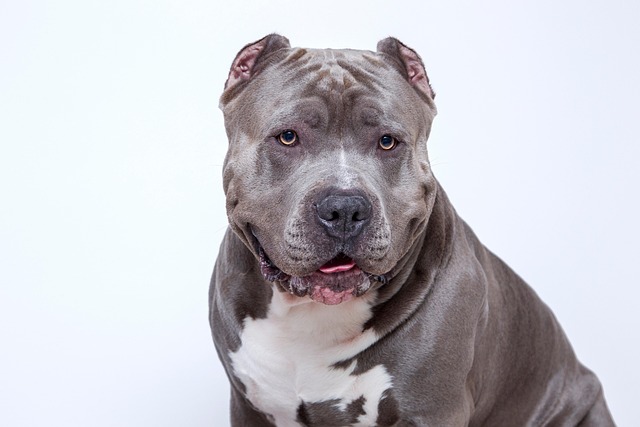 Keep an eye on their skin, too. Get in the habit of running your hands over their body during cuddle time. Feel for small lumps, scabs that won’t heal, or spots that change color or size—pay special attention to ears, paws, and the area around their eyes. These are common trouble spots because the fur is thinner there, and they’re exposed more often. Catching changes early can make all the difference, just like with people.
Keep an eye on their skin, too. Get in the habit of running your hands over their body during cuddle time. Feel for small lumps, scabs that won’t heal, or spots that change color or size—pay special attention to ears, paws, and the area around their eyes. These are common trouble spots because the fur is thinner there, and they’re exposed more often. Catching changes early can make all the difference, just like with people.
Not all dogs face the same risks, and knowing your pup’s needs helps. Short-haired breeds or those with little to no fur need extra coverage. Even dogs with thick coats aren’t entirely safe—sun can sneak through, especially if they spend hours lounging in direct light. On hot, sunny days, consider a lightweight, UV-protective shirt made for dogs. They’re easy to find at pet stores, and most dogs get used to them quickly, especially if you start when they’re young.
When you’re out and about, be mindful of local guidelines. Many areas have rules about keeping pets safe in extreme weather, and that includes limiting sun exposure during heatwaves. It’s not just about avoiding overheating—those strong rays are at their worst then. Find shaded spots for breaks, bring water, and keep walks shorter if the sun’s blazing. It’s good for their overall health, and it cuts down on skin damage.
Regular vet visits are non-negotiable. Even if you’re checking at home, a professional can spot things you might miss. Vets can recommend specific products for your dog’s breed and lifestyle, and they’ll let you know how often to come in based on their risk level.
Preventing dog skin cancer isn’t about living in fear of the sun. It’s about small, consistent steps: a little sunscreen here, a shaded walk there, and keeping an eye on what’s normal for your dog. They rely on you to notice when something’s off, and with these habits, you’re giving them the best chance to enjoy those sunny days without worry.

How do I know if my dog has spinal damage? It's the thought that creeps in when your normally energetic pup hangs back during walks, or pauses mid-play like something just didn't feel right.
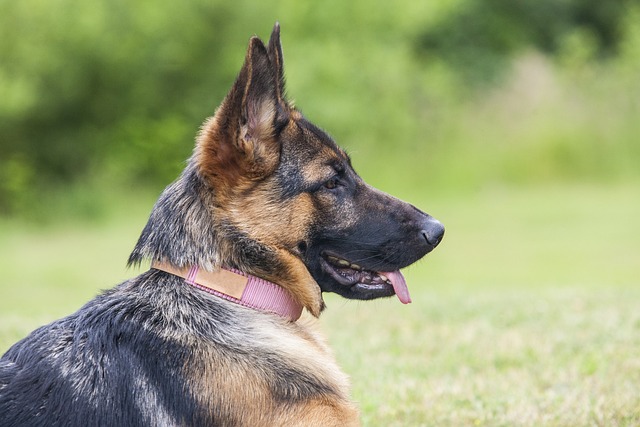
German Shepherds are beloved for their loyalty,intelligence, and versatility,serving as working dogs,family companions,and more.But like many purebred breeds,they carry a risk of certain genetic diseases that owners and breeders should be aware of.
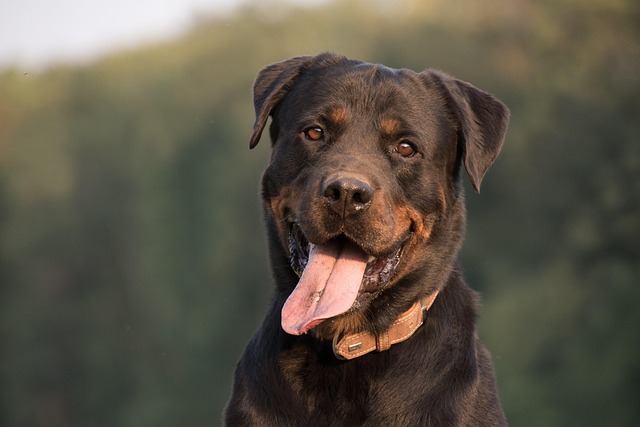
Hip dysplasia often reveals itself gradually, but early clues can surface as young as four months. Watch how your puppy moves—stiffness after naps, reluctance to climb stairs, or a slight hop when running might hint at trouble.
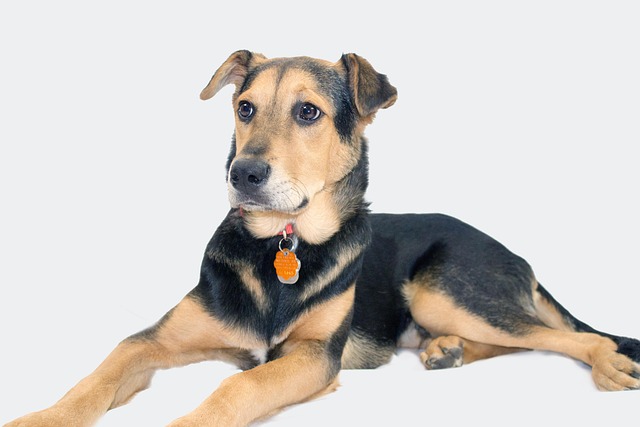
Heartworm treatment for dogs isn’t a one-size-fits-all cost—most pet parents learn that quickly when their vet breaks down the bill.

Watching your pup follow you from room to room, nose pressed to your ankle as you cook, clean, even use the bathroom—then panic when you step outside to grab the mail
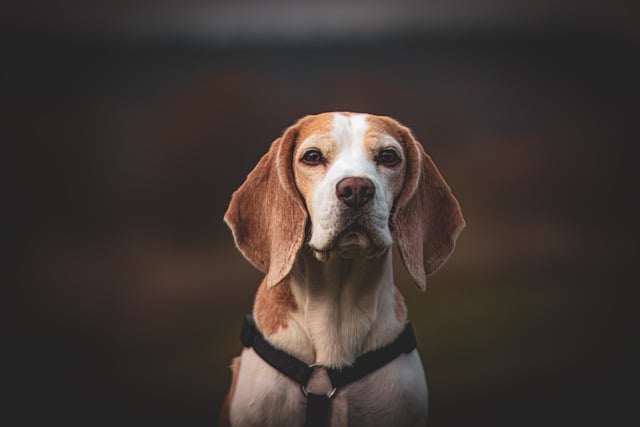
There’s nothing more stressful than a pup who barks at every leaf, squirrel, or passing car—especially in an apartment where thin walls mean your neighbor’s 9 p.m.